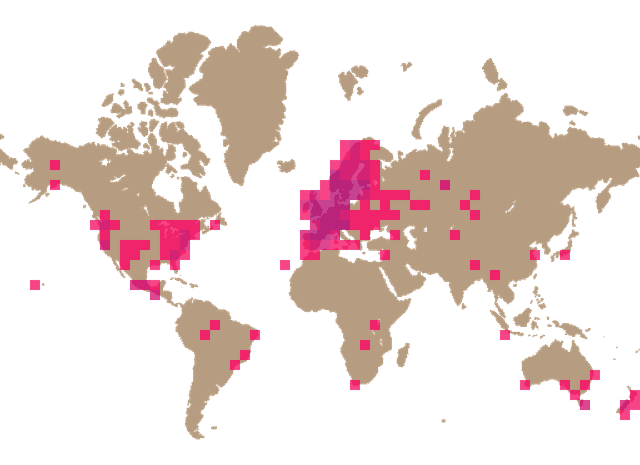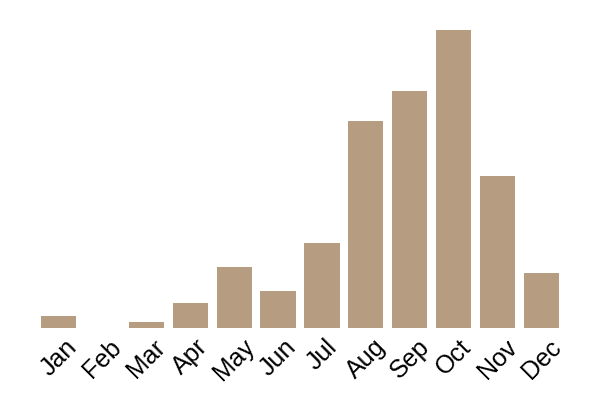This mushroom grows in coniferous forests across Europe, North Africa, and North America, appearing from early summer to November. Its cap is greyish-brown and scaly, and the flesh turns reddish when cut. While considered edible, caution is advised as it can be confused with toxic species.
The cap is 5-10 cm (2-4 in), sometimes up to 15 cm (6 in) in diameter. Initially, it is spherical, convex, and dome-shaped, later becoming flat with a raised center, often darker in color. The surface is covered with brown fibers and scales. It turns red when bruised or damaged.
The gills are crowded and free from the stem. Initially pale gray or pale cream, then turn pink or reddish, and finally dark brown. Sometimes they remain gray but turn red when damaged.
The stem is 5-10 cm (2-4 in) long and 1-1.2 cm (0.4-0.5 in) in diameter, cylindrical, straight, or slightly widening towards the base, which may be bulbous. Initially white, it darkens to gray, brownish, or pinkish shades. It reddens when bruised or cut, then turns brown. A small cavity may be present in the core.
White, dense, and turns red when bruised or cut, then darkens.
The ring is large and pendulous. The upper surface resembles the stem's texture, while the underside is covered with scales like the cap. On older, thinner rings, the scales may be less distinguishable. It may become ragged and disappear with age. Additionally, on young mushrooms with long stems, it may seem that the ring is absent; it's worth checking if it still covers the gills. The ring may match the color of the stem or differ significantly.
From solitary to scattered, occasionally in rings. Sometimes in groups, several from one place.
The spore print is brown.
These mushrooms are most commonly found in moist coniferous forests within the needle litter, occasionally in mixed or deciduous forests. Often grow near anthills.
The smell is mild and not particularly notable.
It is edible, with some authors noting it as tasty and beneficial. However, some sources advise against consuming it due to unclear reasons, mentioning the possibility of confusing it with toxic species.
This mushroom is noted as toxic and can cause gastrointestinal upset. Its habitat and appearance are similar to A. sylvaticus, but there are a few distinguishing features.
Like A. xanthodermus, which is also toxic and can be mistaken for edible Agaricus species, this mushroom turns yellow when cut or bruised. This reaction is often seen on the stem base but can sometimes occur on all surfaces. Some authors note that yellowing may not always be present; in such cases, rely on the unpleasant odor as an indicator.
The odor is unpleasant, reminiscent of creosote or phenol. However, it is important to note that the smell is weak and may not be immediately noticeable.
- Jordan, P. (2012) The Mushroom Guide and Identifier: The Ultimate Guide to identifying, picking and using mushrooms. Leicestershire: Hermes House, an imprint of Anness Publishing Ltd.
- Laessøe, T. (2013) Mushrooms: How to identify and gather wild mushrooms and other fungi. New York: DK.
- Your 2,300-page wildlife window on the World Wide Web (no date) Wildflowers, wild orchids, fungi, wildlife; nature books, reserves. Available at: https://www.first-nature.com/index.php (Accessed: 26 June 2024).

